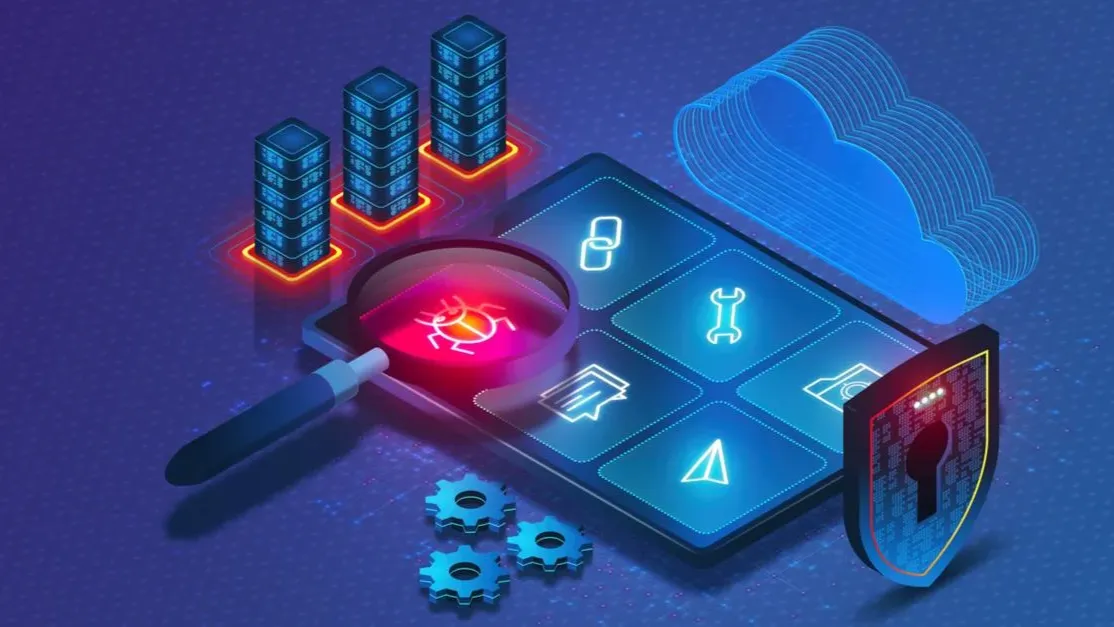The architecture of the internet is built on a foundation of names. Domain names, those familiar .com and .org addresses, are the signposts that guide us through the endless digital expanse. Most are straightforward, signaling their intent with clarity—a brand name, a service, an institution. But then there are domains like donnacazzo69 .com, which function less like a signpost and more like a cryptic, graffiti-covered symbol on a dark alleyway. This particular combination of words and numbers is not an accident; it is a calculated digital entity designed to provoke a specific reaction. This article will explore the ecosystem that gives rise to such domains, decode the inherent risks they represent, and outline the critical digital survival skills required to navigate a online world where such addresses exist.
The Semiotics of a Shock Domain: What’s in a Name?
Before assessing the danger, one must understand the message. The name donnacazzo69 .com is a semiotic study in intentional provocation.
- Linguistic Deconstruction: The term “donnacazzo” is an Italian compound word. “Donna” translates to “woman,” while “cazzo” is a severe vulgarism for the male genitalia, carrying a weight similar to the most offensive English expletives. Its use is inherently aggressive and derogatory.
- Numerical Symbolism: The number “69” needs little explanation in modern vernacular. It is a universally recognized symbol for a specific sexual act, deeply embedded in popular culture and internet slang.
- The Combined Effect: The fusion of these two elements creates a domain name that is explicitly offensive, sexualized, and confrontational. It is not designed for accidental discovery or mainstream appeal. It is a targeted lure, meant to attract a very specific audience or to exploit the curiosity of the unsuspecting. This is a primary tenet of what cybersecurity experts call “social engineering”—manipulating human psychology to prompt an action (in this case, a click) that compromises security.
The Probable Ecosystem of Donnacazzo69 .com
While we will not venture to the actual site for obvious security reasons, we can map its likely digital ecosystem based on established patterns of similarly named domains. It almost certainly operates within one of the following high-risk models:
- A Malware Distribution Hub: This is the most common and dangerous purpose for such domains. The shocking name serves as perfect bait. A user who clicks, driven by curiosity or misunderstanding, may trigger a “drive-by download” where malware is automatically installed on their device. This could include:
- Spyware: Tracking keystrokes to steal passwords and banking information.
- Ransomware: Locking the user’s files and demanding payment for their release.
- Botnet Recruitment: Enlisting the device into a network of zombie computers used for larger attacks.
- Adware: Hijacking the browser with relentless, often malicious, pop-up advertisements.
- An Advanced Phishing Operation: The site may present itself as a login portal for a popular social media platform, game, or streaming service. The offensive name might be overlooked by a flustered user who believes they have landed on a legitimate page. By entering their credentials, they willingly hand over their username and password to criminals.
- A Gateway to a Scam Network: The site could be the entry point to a complex scam, such as a fake survey promising rewards, a fraudulent investment scheme, or an adult content site that requires a credit card for “age verification,” which is then used for repeated unauthorized charges.
- A Content-Shocking Platform: At its most “benign,” the site could simply host content that matches its crude namesake. However, even in this scenario, the environment is high-risk. Such sites are typically saturated with aggressive, deceptive advertisements and are notorious for poor security practices, making them prime targets for third-party malvertising campaigns.
The Iron-Clad Case for Avoidance: More Than Just Instinct
The urge to click on something mysterious is a fundamental human trait. However, in the digital realm, succumbing to this urge can have immediate and severe consequences. Here is a rational breakdown of why donnacazzo69 .com must be avoided:
- The Cost-Benefit Analysis is Catastrophic: The potential benefit of visiting the site is virtually zero. At best, you waste time viewing low-quality, offensive content. The potential cost, however, is enormous: identity theft, financial loss, a compromised device, and hours of effort to remediate the damage. The risk infinitely outweighs the reward.
- Search Engine Exile: Legitimate websites want to be found. They employ SEO strategies to rank highly on Google. A domain like donnacazzo69 .com is intentionally ostracized from these platforms. It will not appear in any safe search result. Its only vectors for traffic are malicious redirects from other compromised sites, spam emails, or links on unmoderated forums. This isolation is a glaring red flag.
- The Principle of Digital Hygiene: Just as you wouldn’t touch a visibly dirty surface, you should not interact with a visibly “dirty” URL. Maintaining digital hygiene means developing the habit of rejecting obvious threats before they can cause harm. This domain is the equivalent of a biohazard sign.
Fortifying Your Digital Defenses: Lessons from a Bad Domain
The existence of donnacazzo69 .com is not an anomaly; it is a feature of the modern internet. Therefore, the strategy must be proactive defense.
- Cultivate Critical Thinking: Pause and process before you click. Ask: “Why am I being sent this link? Does the source seem trustworthy? Does the URL itself look legitimate and professional?”
- Become a URL Expert: Learn to identify the hallmarks of a malicious address. Look for misspellings of common brands, the use of hyphens or numbers to mimic real sites, and obviously unprofessional or offensive language.
- Embrace Security Technology: Use a modern, updated web browser with built-in security features enabled. Employ a reputable antivirus and anti-malware suite that includes real-time web protection, which will block known malicious sites before they load.
- Practice the Principle of Least Privilege: Do not browse the web while logged into administrative accounts on your computer. Use a standard user account for daily activities, which can help mitigate the damage if malware is accidentally executed.
Conclusion: The Domain as a Cautionary Tale
Donnacazzo69 .com is more than just a website; it is a symbol. It represents the darker, manipulative underbelly of the internet that preys on curiosity and a lack of vigilance. Its value lies not in any content it may host, but in the powerful lesson it provides: in the digital world, a name tells you everything you need to know.
By understanding the intent behind such shock domains, we can reclassify them from objects of curiosity to objects of caution. They become the digital equivalent of a “High Voltage” sign—a clear, unambiguous warning to stay away. The most powerful security tool at your disposal is not a software suite, but a disciplined and discerning mind. Let this domain serve as a permanent reminder to look, assess, and always choose the path of safety.



